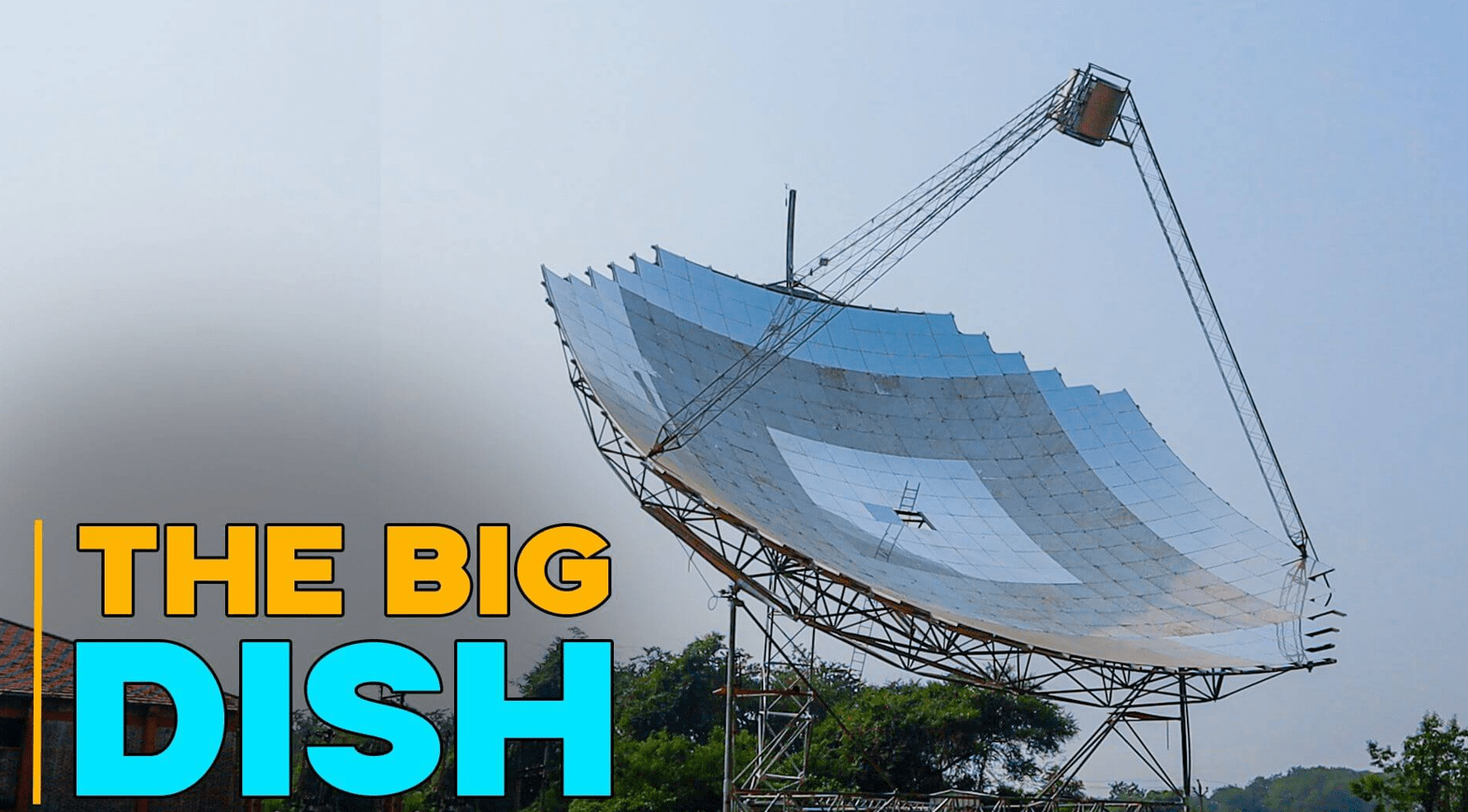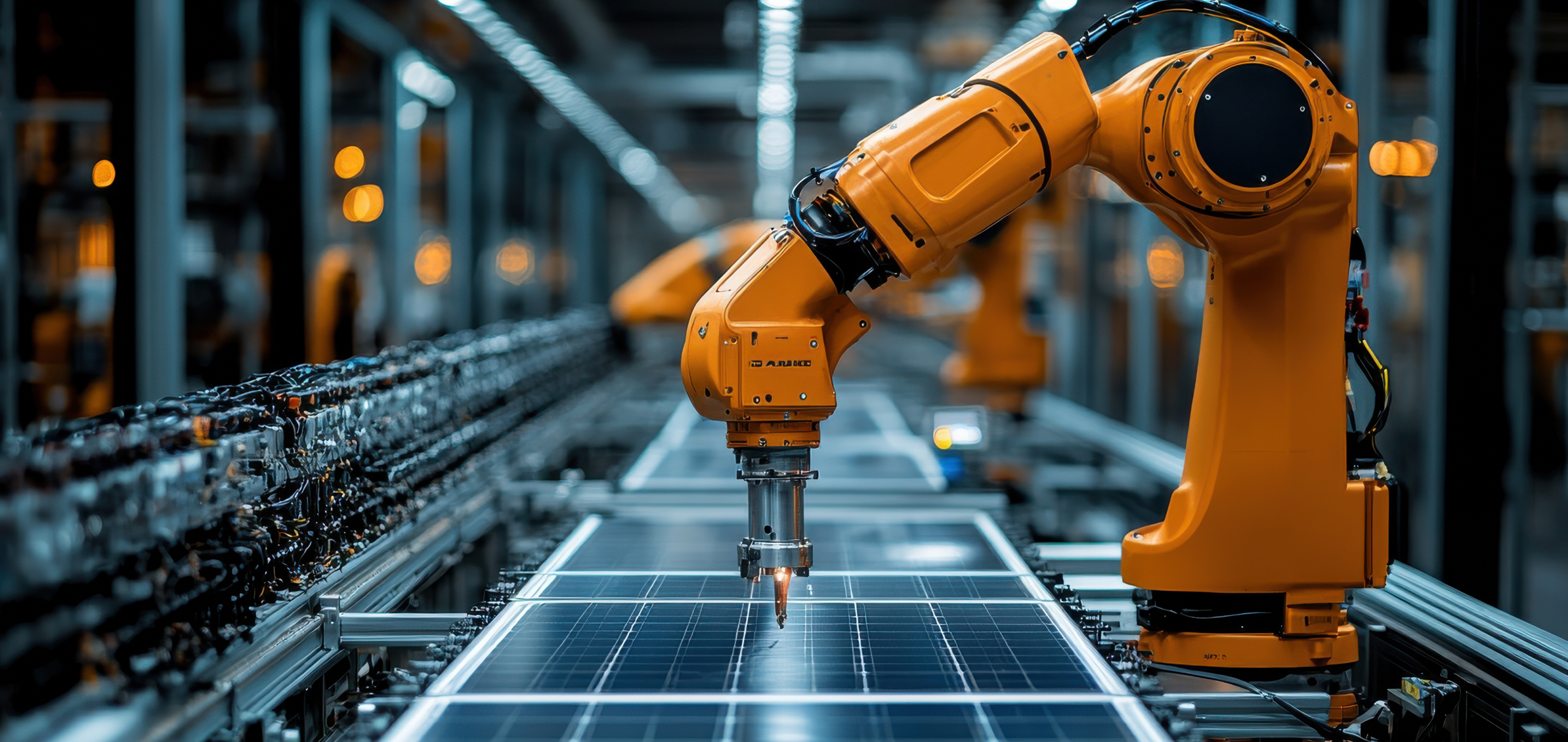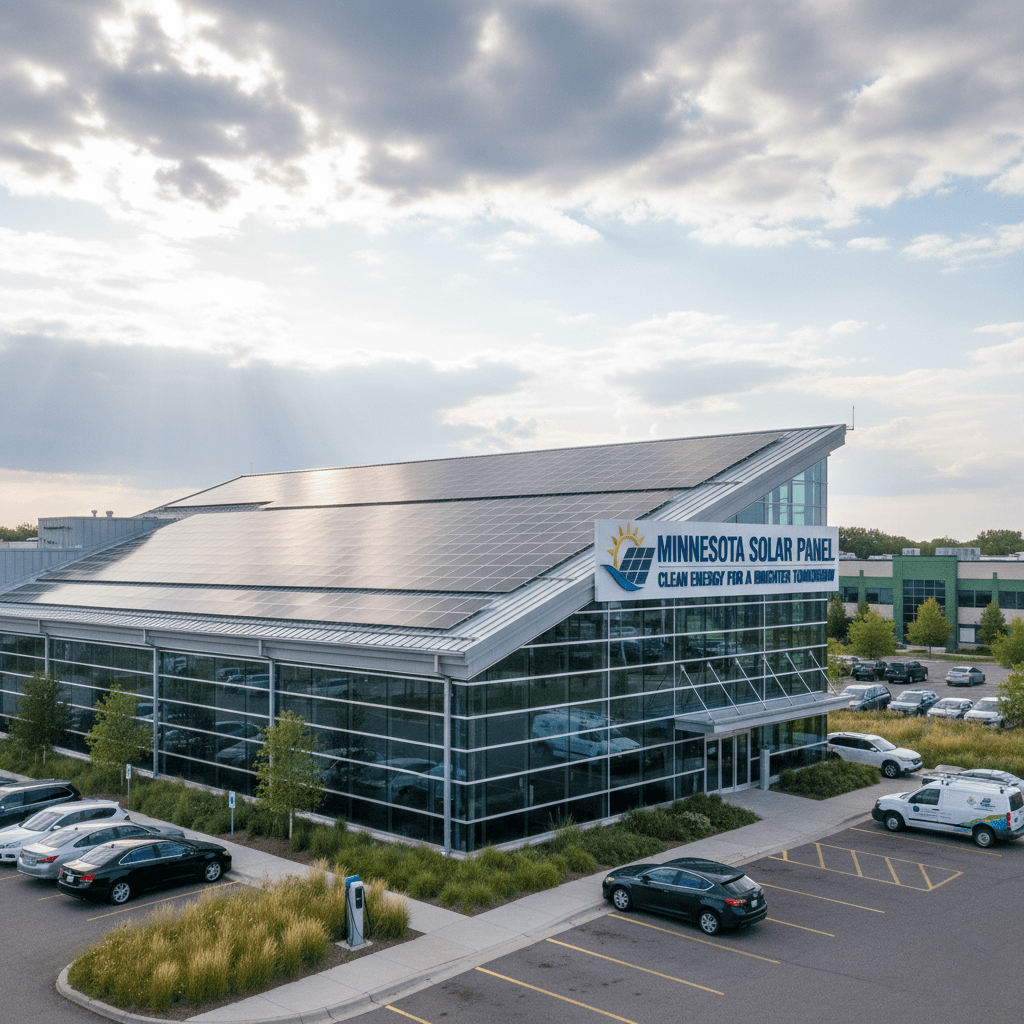Solar energy technology is evolving rapidly, and large-scale solar concentrators are at the forefront of innovation. Among them, the Big Dish stands out as the world’s largest solar concentrator, designed to harness sunlight efficiently for electricity generation and industrial applications.
What Is a Solar Concentrator?
A solar concentrator focuses sunlight onto a small area to generate heat or electricity at higher efficiencies than traditional solar panels.
• Uses mirrors or lenses to concentrate sunlight
• Can generate high temperatures for thermal energy
• Often integrated with Stirling engines, turbines, or photovoltaic cells
Concentrated solar power (CSP) systems are ideal for large-scale energy projects where efficiency and power density matter.
Introducing the Big Dish:
The Big Dish is currently the largest solar concentrator in the world, developed to deliver high-intensity solar energy for industrial and power generation purposes.
Key Features:
• Size: Over 100 feet in diameter (exact specs vary by project).
• Concentration Ratio: Can focus sunlight up to 2,000 times.
• Energy Output: Capable of producing megawatts of thermal or electrical energy.
• Tracking System: Equipped with dual-axis tracking to follow the sun for maximum efficiency.
How the Big Dish Works:
1. Sunlight Capture: Large parabolic mirrors collect sunlight over a wide area.
2. Concentration: Mirrors focus light onto a central receiver at the dish’s focal point.
3. Energy Conversion:
○ Thermal: Heat energy can power turbines or industrial processes.
○ Electric: High-efficiency Stirling engines convert heat into electricity.
4. Energy Output Distribution: Power is fed into grids or stored in thermal storage systems.
Advantages of the Big Dish:
• High Efficiency: Concentrated sunlight produces more energy per square meter than conventional solar panels.
• Scalable: Can be deployed individually or in arrays for utility-scale projects.
• Industrial Applications: Ideal for hydrogen production, desalination, and concentrated heat applications.
• Reduced Land Footprint: High power density means less land required compared to standard PV farms.
Challenges & Considerations:
• Initial Cost: High capital investment compared to conventional PV panels.
• Maintenance: Mirrors and tracking systems require regular upkeep.
• Location Dependency: Works best in areas with high solar irradiance.
Applications of the Big Dish:
• Utility-Scale Solar Power: Providing clean electricity to the grid.
• Industrial Heat: High-temperature processes in chemical, food, or manufacturing sectors.
• Hydrogen Production: Using concentrated solar heat for green hydrogen electrolysis.
• Research & Development: Studying high-efficiency solar concentrator technologies.
Conclusion:
The Big Dish represents a significant leap forward in solar energy technology. By combining large-scale sunlight concentration with efficient energy conversion systems, it offers a pathway to high-density, renewable energy solutions. As technology evolves, such solar concentrators could play a crucial role in meeting global energy demands sustainably.




